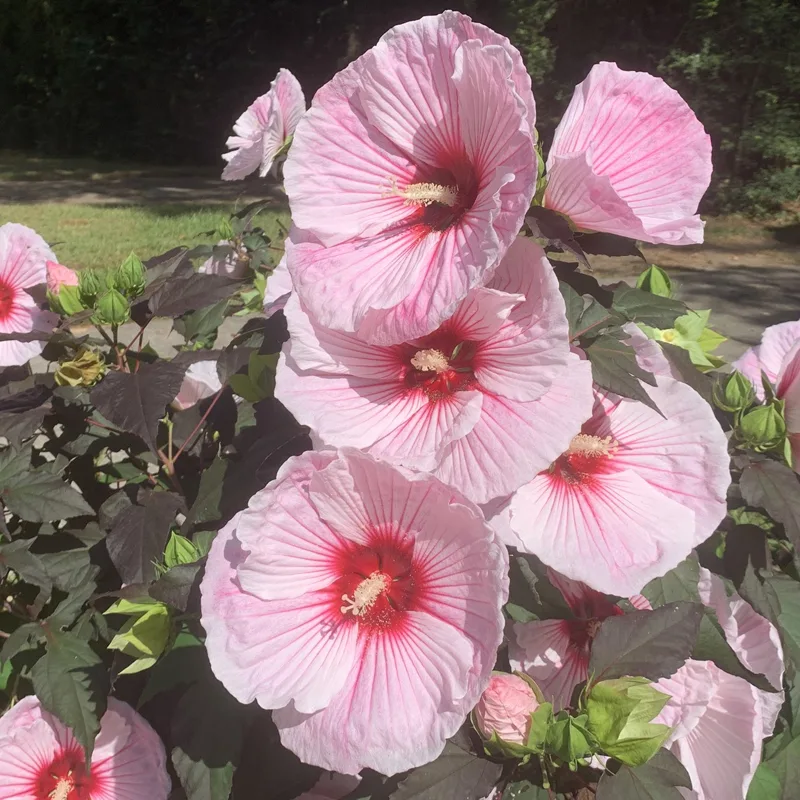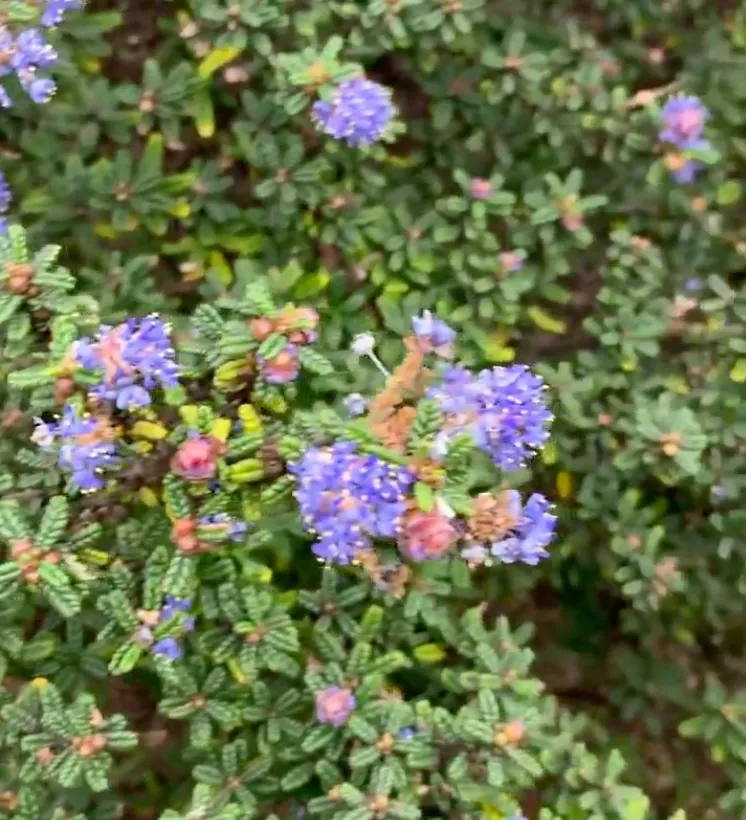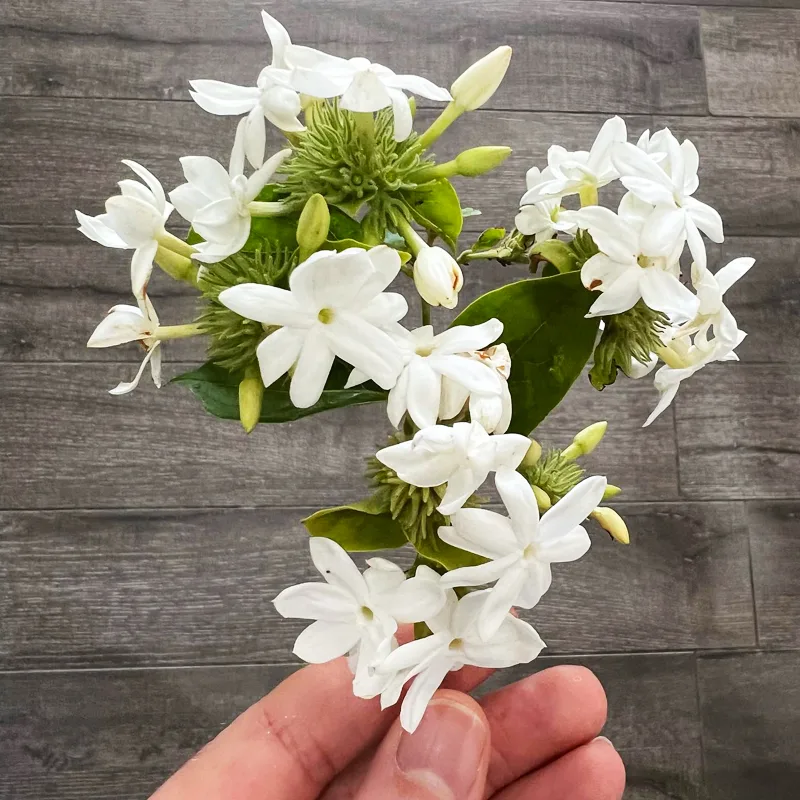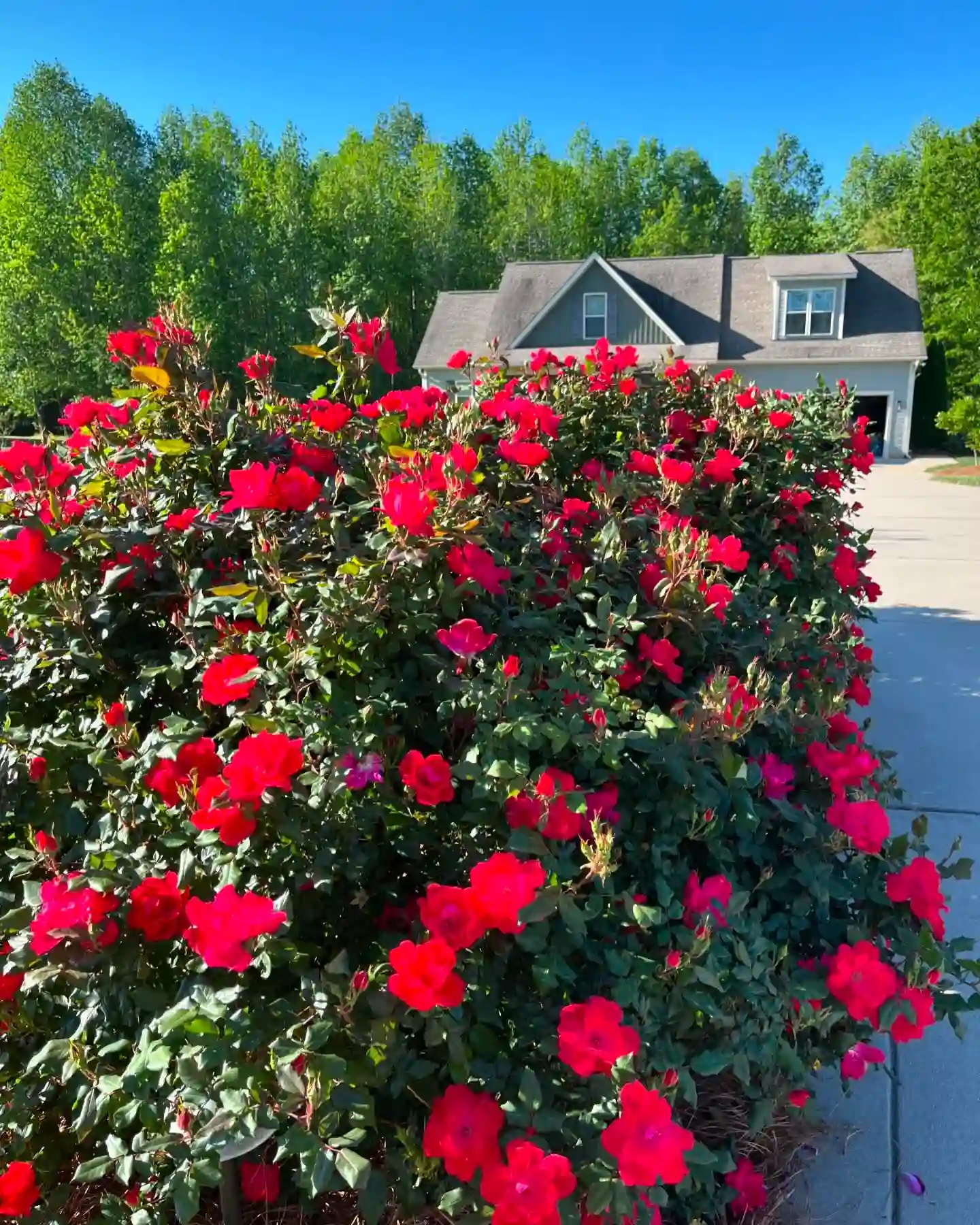FAQs About Coniogramme Gracilis: Everything You Need to Know
Coniogramme Gracilis is a fascinating plant that has caught my eye recently. Its delicate, fern-like appearance and unique features make it a standout choice for various gardens and indoor spaces. If you’re considering adding Coniogramme Gracilis to your plant collection, you might have some questions. Here’s a comprehensive guide based on my experiences and research to help you get to know this remarkable plant better.
What Is Coniogramme Gracilis?
Coniogramme Gracilis, commonly known as the graceful coniogramme, is a species of fern in the Coniogramme genus. This fern is native to Asia and is celebrated for its fine, lacy foliage that adds a touch of elegance to any plant arrangement. The leaves are typically green with a delicate texture, making it a popular choice for both indoor and outdoor settings.
How to Care for Coniogramme Gracilis?
Caring for Coniogramme Gracilis can be quite straightforward if you follow a few key guidelines:
- Light: This fern prefers indirect light. While it can tolerate some direct sunlight, too much can scorch its delicate leaves. Ideally, place it in a location with filtered light or partial shade.
- Watering: Coniogramme Gracilis likes consistently moist soil. Water it regularly to keep the soil damp but not waterlogged. Allow the top inch of soil to dry out slightly between waterings.
- Humidity: High humidity is beneficial for this fern. If you’re growing it indoors, consider placing it on a humidity tray or using a room humidifier to keep the air moist.
- Temperature: This plant thrives in moderate temperatures. Aim for a range of 60-75°F (15-24°C). It can tolerate cooler temperatures but avoid exposing it to frost.
- Soil: Use a well-draining potting mix. A blend of peat, pine bark, and perlite works well to provide the right balance of moisture and aeration.
How to Propagate Coniogramme Gracilis?
Propagation of Coniogramme Gracilis can be achieved through division, which is the most reliable method:
- Timing: The best time to divide the plant is during its active growing season, typically in spring or early summer.
- Method: Carefully remove the plant from its pot and gently separate the root ball into smaller sections. Ensure each section has a good amount of roots and foliage. Replant these sections into new pots with fresh potting mix.
- Care: After dividing, keep the new plants in a shaded, humid environment until they establish themselves. Water them regularly and avoid letting the soil dry out completely.
What to Plant With Coniogramme Gracilis?
Coniogramme Gracilis pairs well with a variety of other plants, enhancing its beauty and creating a balanced garden or indoor arrangement:
- Hostas: The broad leaves of hostas complement the delicate fronds of Coniogramme Gracilis, creating a lush, layered look.
- Heucheras: These plants add vibrant colors and can provide a striking contrast to the subtle greens of the fern.
- Astilbes: Their feathery flowers and similar growing conditions make astilbes a great companion for Coniogramme Gracilis.
- Caladiums: The colorful foliage of caladiums pairs nicely with the fern’s greenery, offering a vibrant display.
How to Use Coniogramme Gracilis?
Coniogramme Gracilis can be used in several ways to enhance your space:
- Indoor Decoration: Its elegant foliage makes it an excellent choice for indoor plant arrangements, especially in living rooms or offices where it can add a touch of greenery.
- Garden Design: In outdoor gardens, Coniogramme Gracilis can serve as a ground cover or be used in shaded garden beds to add texture and color.
- Terrariums: Its compact size and attractive foliage make it ideal for terrariums and small indoor gardens.
Is Coniogramme Gracilis Toxic?
No, Coniogramme Gracilis is not toxic to humans or pets. This makes it a safe choice for homes with children and animals. However, as with any plant, it’s a good idea to prevent pets from chewing on it to avoid any potential stomach upset.
Additional Tips and Considerations
- Pests: Keep an eye out for common pests like spider mites and scale. Regularly inspect the plant and treat any infestations promptly.
- Fertilizing: Feed Coniogramme Gracilis with a balanced, water-soluble fertilizer during the growing season, but avoid over-fertilizing as it can lead to excessive leaf growth and reduced overall plant health.
- Repotting: Repot the plant every 2-3 years to refresh the soil and allow for growth. Choose a slightly larger pot each time to accommodate the expanding root system.
In summary, Coniogramme Gracilis is a beautiful and versatile fern that can add a touch of grace to your plant collection. With the right care and conditions, it can thrive and become a standout feature in your garden or home. Whether you’re an experienced gardener or a novice plant enthusiast, this fern is worth considering for its unique charm and ease of care.
If i die, water my plants!



